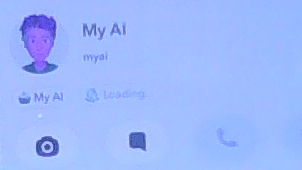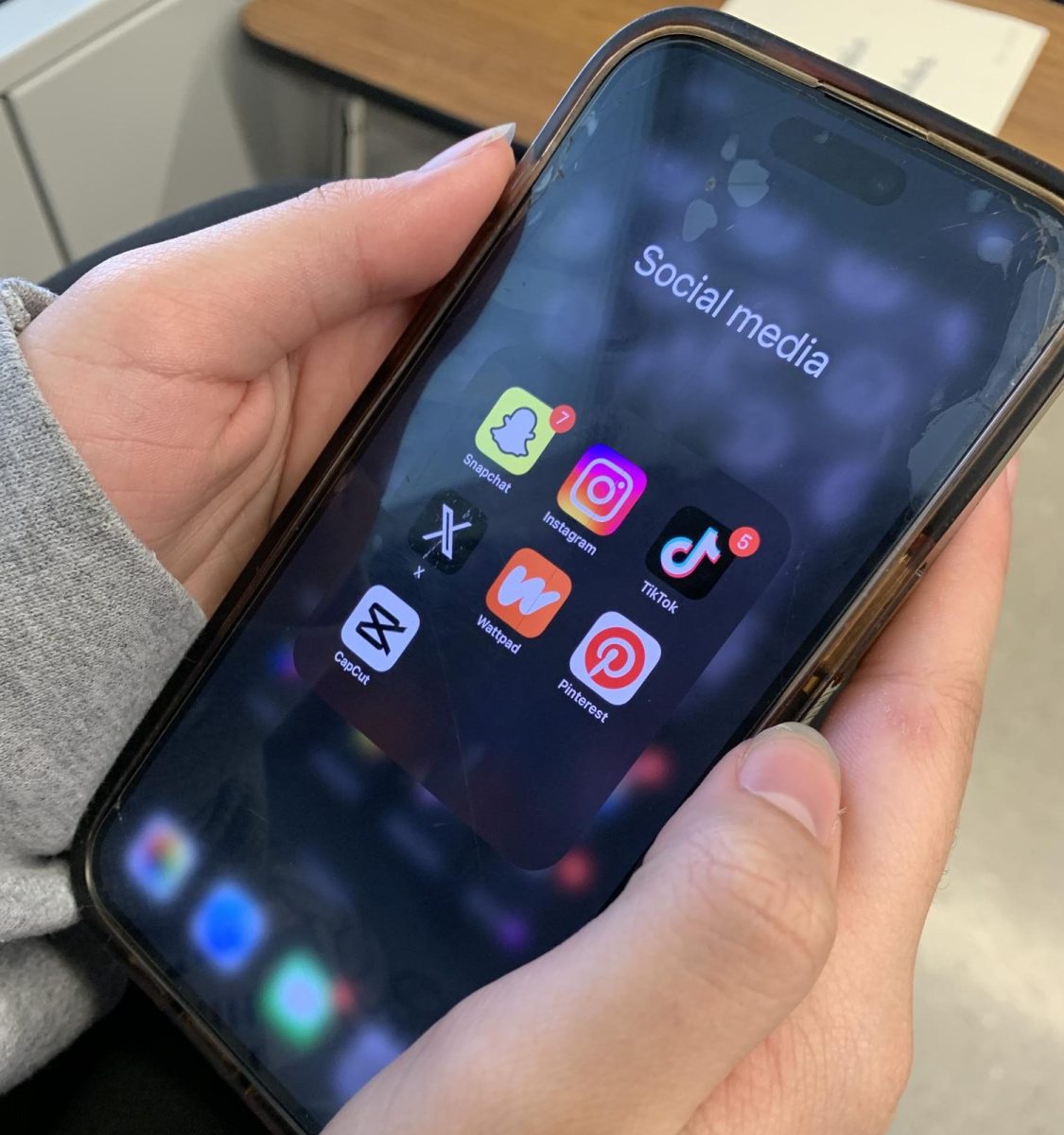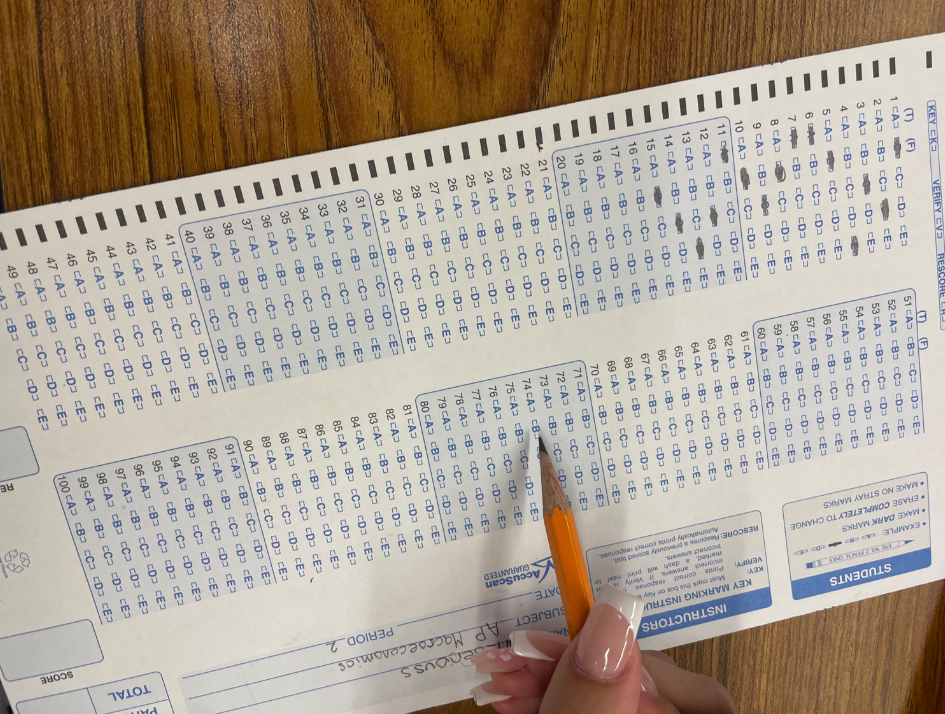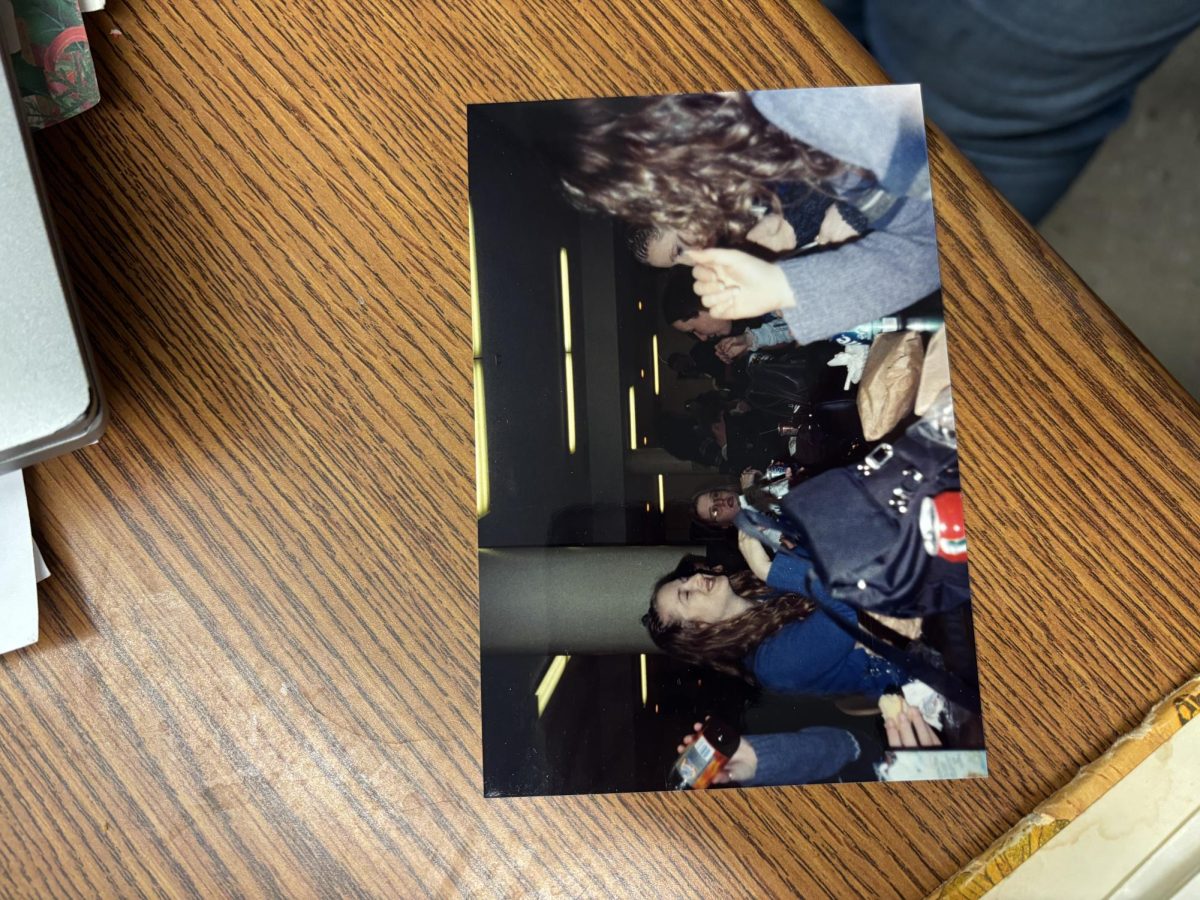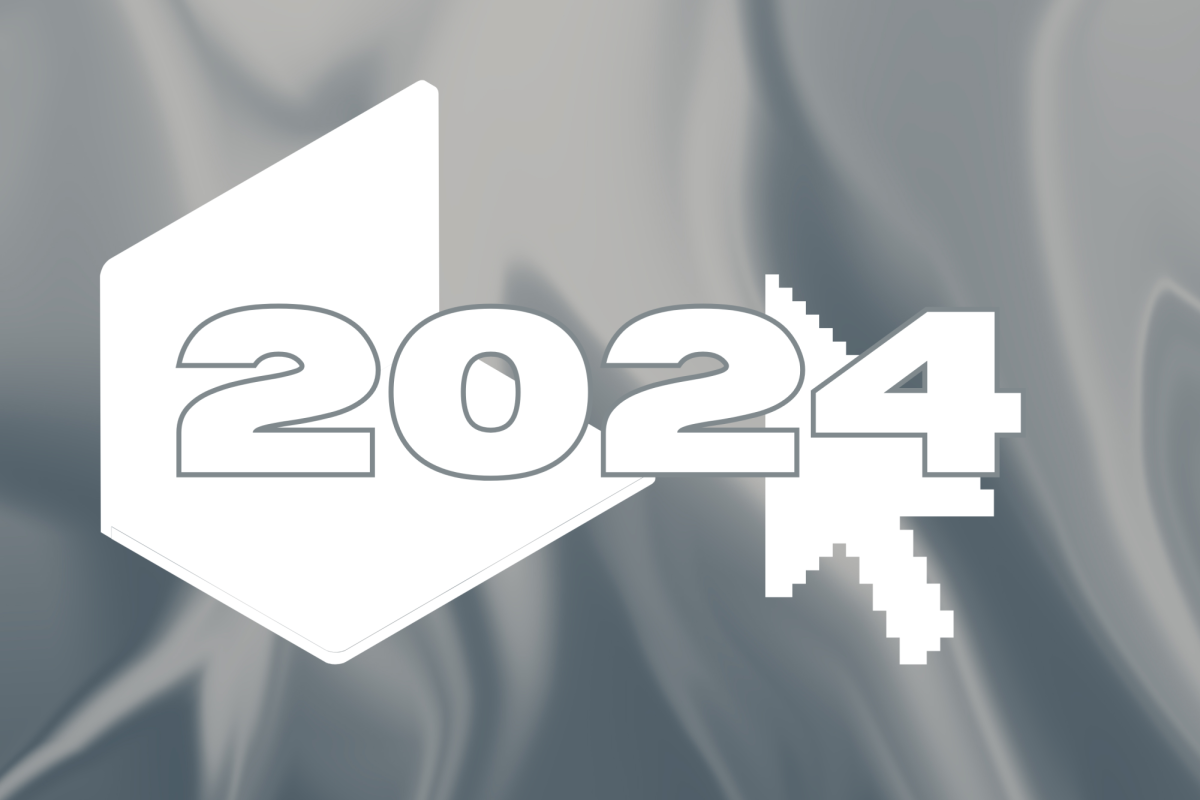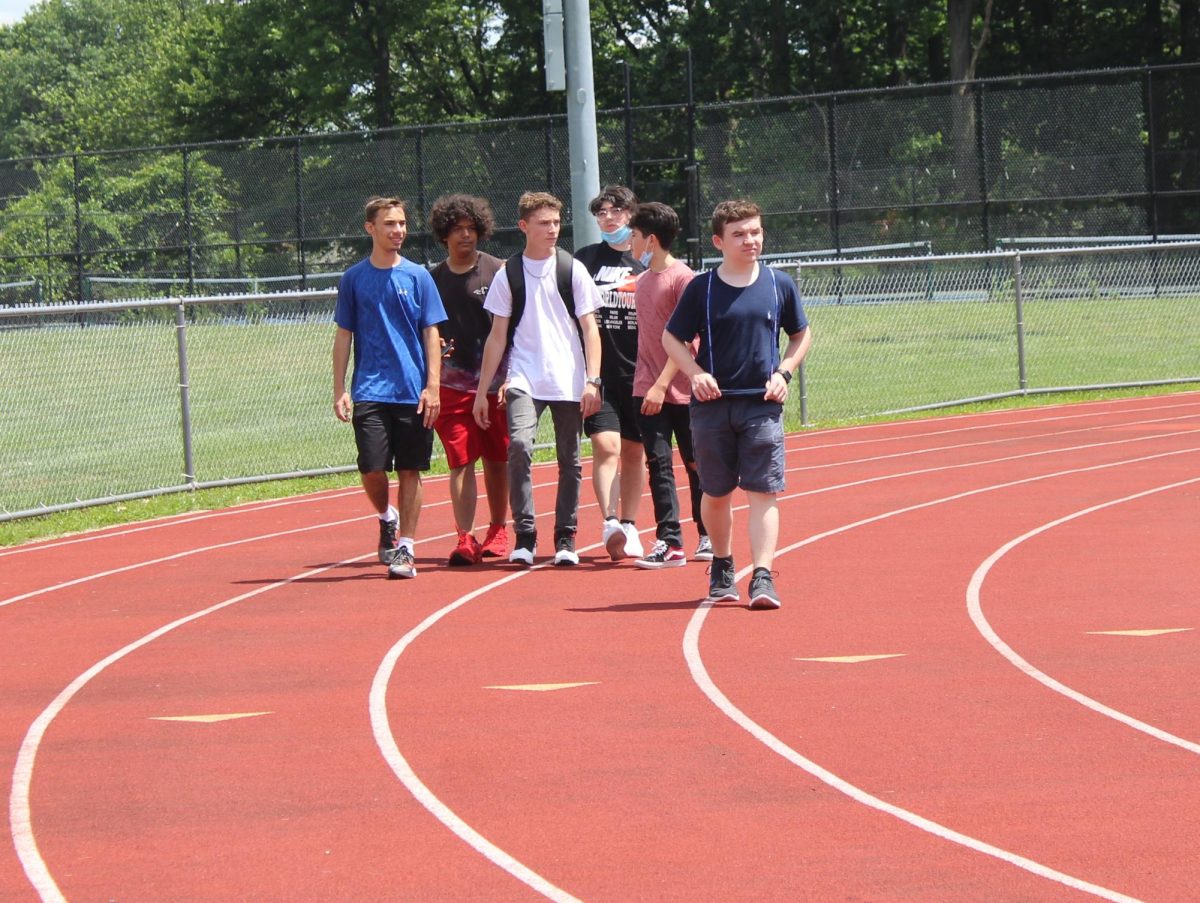A lot of students have been using AI, like ChatGPT, for various reasons—some might be looking for a way to cheat, while others just want help or have random questions. This has made teachers think that students are being dishonest. But have you ever considered that using AI can actually spark creativity and curiosity? For example, if you’re in an art class, you could ask AI for ideas or topics to inspire your drawings. Plus, if you’re writing a paper, AI can help you brainstorm different angles or explore different arguments.
The success of AI
OpenAI launched ChatGPT in November 2022, which may be a shock due to its popularity in 2024. Sandhini Agarwal, who works on OpenAI’s research policies, viewed this as a “research preview.” A technique called adversarial training helps ensure that ChatGPT does not jailbreak users’ devices. Microsoft has a multibillion-dollar deal with OpenAI. They now work with clients such as Coca-Cola.
Jan Leike, John Schulman, Sandhini Agarwal, and Liam Fedus are all workers at OpenAI and are equally shocked by the popularity of ChatGPT. “It’s been overwhelming, honestly. We’ve been surprised, and we’ve been trying to catch up,” Leike said. Schulman also shares, “I was checking Twitter in the days after release, and there was this crazy period where the feed was filling up with ChatGPT screenshots. I expected it to gain a following, but I didn’t expect it to reach this level of mainstream popularity.”
AI in school
If a student is looking for an answer to a question, this may cause difficulty in learning. This may happen because the student can rely on it and not the learning from teachers. A teacher accused a student at Colonia High School of having ChatGPT write her essay. While that could be true for some students, it is not for many. ChatGPT and AI could give answers and work in a different way than a teacher might explain. The students using this work might be confused by the work their teacher will expect.
A junior at Colonia High, Alexa Beck, said, “I think that AI is cool, but it can be a dead giveaway at school. If you never write more than a paragraph for work and then you submit a 6-paragraph essay, the teacher will know that it is not you.” Another student, Rachel Tandean, shared her thoughts: “I don’t like AI, but I don’t use it either. If I search for something and Google doesn’t provide a result, I might consider using AI.”
Hidden AI
Even if you think you haven’t used AI, you probably have! It’s everywhere, even in things you might not notice. For example, when you use Google Translate, that’s AI at work. On Snapchat, there’s an AI called “My AI” at the top of your chat list. You can ask it questions or send in pictures, and it will reply. If you ask it something it can’t handle, it’ll just say no in a friendly way. On Instagram, they have an AI called “Meta.” It’s pretty detailed and has a more robotic vibe, but it can still chat with you just like “My AI.”
Downside
While AI can be entertaining, it also has drawbacks. For example, it can clone people’s voices, making it seem as if someone said something they did not. The same applies to images; while some can be fascinating, others may be inappropriate. As AI technology continues to improve daily, it becomes increasingly difficult to distinguish between authentic and fake photos or audio recordings. Almost anyone can create a counterfeit image or audio of nearly anything.



